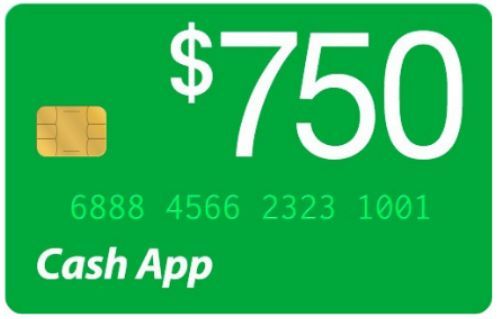Gates-Funded Gavi Takes Aim at Memes, Calls Them ‘Disinformation Super-Spreaders’
"Evidently, Gavi is missing the irony of publishing an article on the spread of vaccine ‘misinformation’ when Gavi is one of the most prolific purveyors of pro-vaccine propaganda in the world.” — Laura Bono, VP of CHD
https://childrenshealthdefense.org/defender/gates-gavi-memes-vaccine-disinformation-super-spreaders/
Join https://t.me/RogerHodkinson
"Evidently, Gavi is missing the irony of publishing an article on the spread of vaccine ‘misinformation’ when Gavi is one of the most prolific purveyors of pro-vaccine propaganda in the world.” — Laura Bono, VP of CHD
https://childrenshealthdefense.org/defender/gates-gavi-memes-vaccine-disinformation-super-spreaders/
Join https://t.me/RogerHodkinson
🚨 Gates-Funded Gavi Takes Aim at Memes, Calls Them ‘Disinformation Super-Spreaders’
"Evidently, Gavi is missing the irony of publishing an article on the spread of vaccine ‘misinformation’ when Gavi is one of the most prolific purveyors of pro-vaccine propaganda in the world.” — Laura Bono, VP of CHD
⬇️
https://childrenshealthdefense.org/defender/gates-gavi-memes-vaccine-disinformation-super-spreaders/
Join 👉 https://t.me/RogerHodkinson












